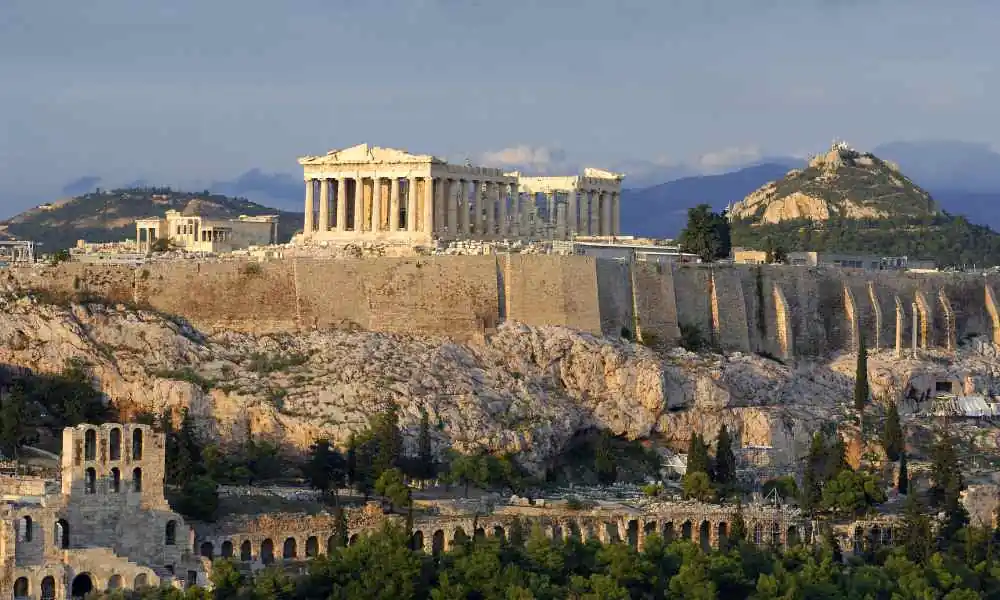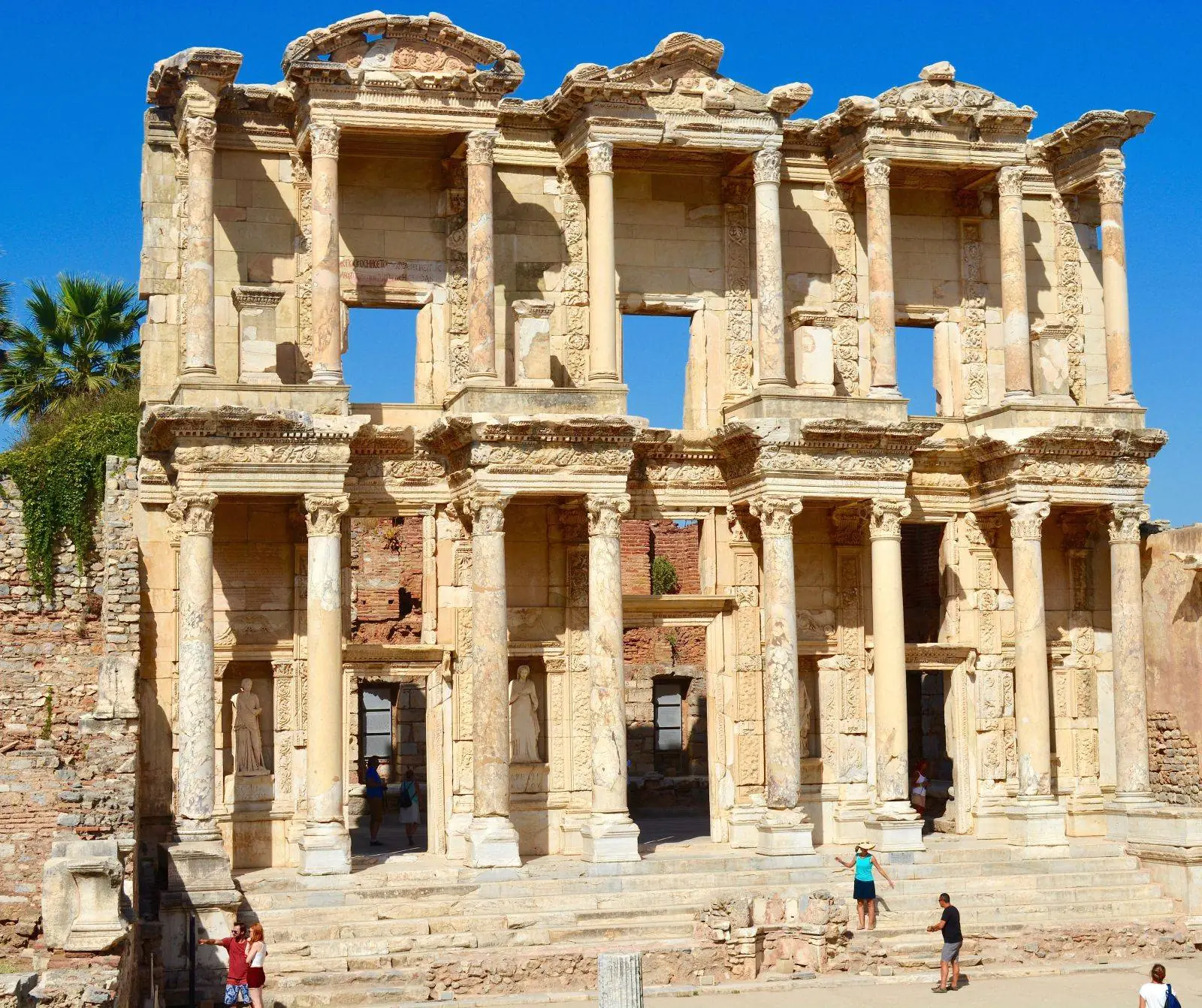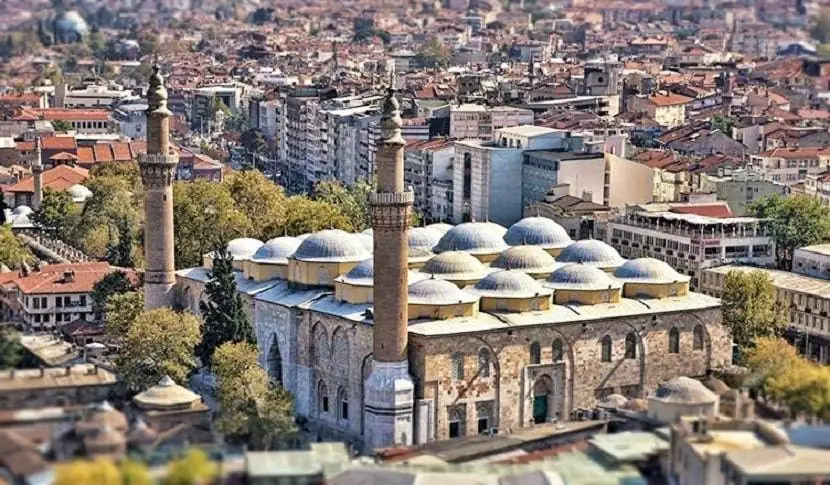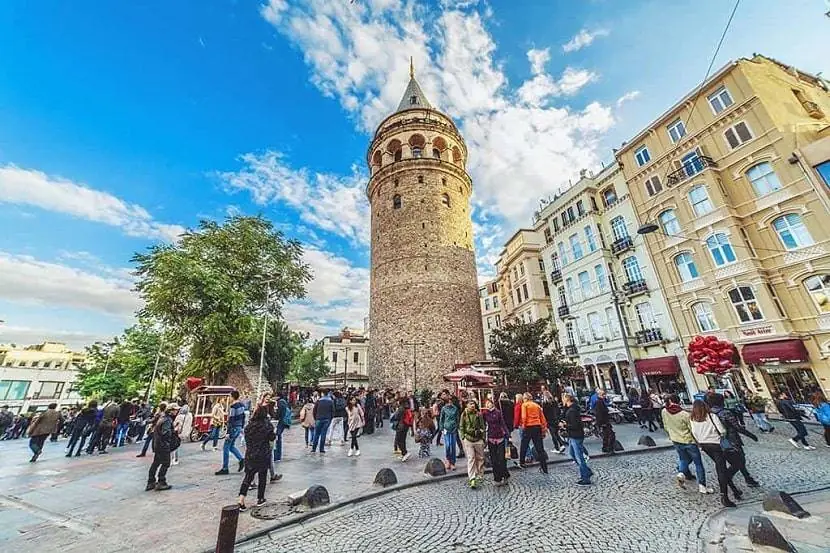UNESCO has 1,154 World Heritage Sites on its list as of July 2021, including 897 cultural, 218 natural, and 39 combined properties. While these sites can be located in 167 countries, the addition of the Arslantepe Mound brings Turkey’s total to 19 global treasures. Take a closer look at these historical wonders of Turkey to learn more about the wonderful stories the country has to share.
Pergamon

Pergamon and its surrounding rich cultural landscape, situated in Turkey’s Aegean province of Izmir, were put on the list in 2014. According to UNESCO, Pergamon’s acropolis was a major centre of learning in the ancient world as the capital of the Hellenistic Attalid monarchy.
“Monumental temples, theaters, stoa (a covered walkway or portico), gymnasium, altar, and library were set into the sloping terrain surrounded by an extensive city wall.”
The relics of the Roman, Byzantine, and Ottoman empires may be seen in and around Pergamon, which is now recognized as Bergama, with structures symbolising Paganism, Christianity, Judaism, and Islam.
Carl Humann, a German engineer, was the first to discover the city’s ruins in the 1870s. Pergamon boasted a 50,000-seat amphitheatre, a 30,000-seat theatre, the ancient world’s second largest library, and the world’s first hospital, to name a few attractions. Only the Viran Kap (Ruined Gate) remains now as the theater’s remaining arch.
♦ 4 Days Turkey Tour – Cappadocia Ephesus Pamukkale Tour
Ephesus

In 2015, the world-famous ancient city of Ephesus – one of the historical wonders of Turkey, also in Izmir province, was added to the UNESCO World Heritage List. Ephesus is an ancient Greek village that eventually became a significant Roman city in Selçuk, with a rich cultural history dating back to 6500 B.C. Under Roman administration, the ancient city reached its pinnacle, becoming the capital of Asia Minor, now known as Anatolia, in the 20s B.C. The city is now a prominent tourist attraction on Turkey’s western coast, which is understandable.
The United Nations body honours “great monuments of the Roman Imperial period,” such as the Library of Celsus and the Great Theater, which were discovered during excavations. “Little remains of the famed Temple of Artemis, one of the ‘Seven Wonders of the World,’ which drew travellers from all across the Mediterranean,” the article continues. It also mentions that the House of the Virgin Mary, a chapel near Ephesus, has become a Christian pilgrimage site.
♦ 7 Days Turkey Tour Package – Highlights of Turkey
Bursa and Cumalıkızık

Bursa and the adjoining village of Cumalkzk – the best places to visit in Turkey – in northeastern Turkey were added to the UNESCO list in 2014 as part of a serial nomination of eight component sites. Cumalkzk is the only rural community “to demonstrate the provision of hinterland assistance for the capital.”
The area, one of the wonders of Turkey “embodies the fundamental roles of the social and economic organisation” of the Ottomans’ first capital, which “developed around a civic centre,” according to the site, which “illustrates the emergence of an urban and rural system creating the Ottoman Empire in the early 14th century.”
Historic areas of Istanbul

Istanbul, Turkey’s largest city, has been linked to major political, religious, and artistic events for more than 2,000 years, according to the United Nations. In 1985, UNESCO added four historical areas of Istanbul’s ancient peninsula to its World Heritage List. The Sultanahmet Urban Archaeological Component Area, the Süleymaniye Mosque and its Associated Component Area, the Zeyrek Mosque (the Pantocrator’s Monastery) and its Associated Component Area, and the Istanbul Land Walls Component Area are the places in question.
The Hippodrome of Constantinople, Hagia Sophia, Hagia Eirene, Little Hagia Sophia Mosque, and Topkap Palace make up the Sultanahmet Urban Archaeological Component Area.
Suleiman I, popularly known as Suleiman the Magnificent, commissioned Mimar Sinan to construct the Süleymaniye Mosque. The construction was intended as a complex that could suit both the city’s religious and cultural demands, and it was added to the UNESCO list.

